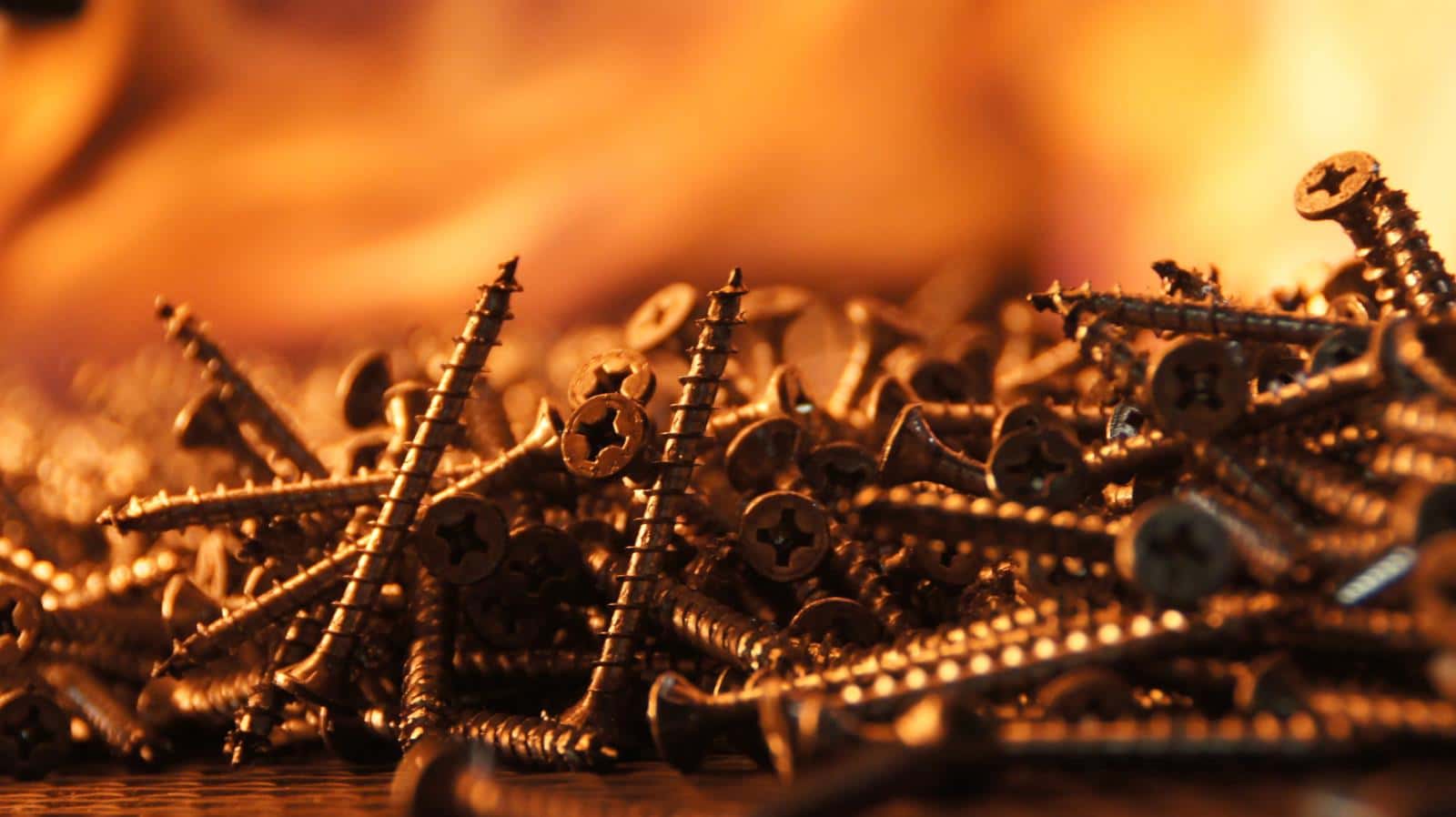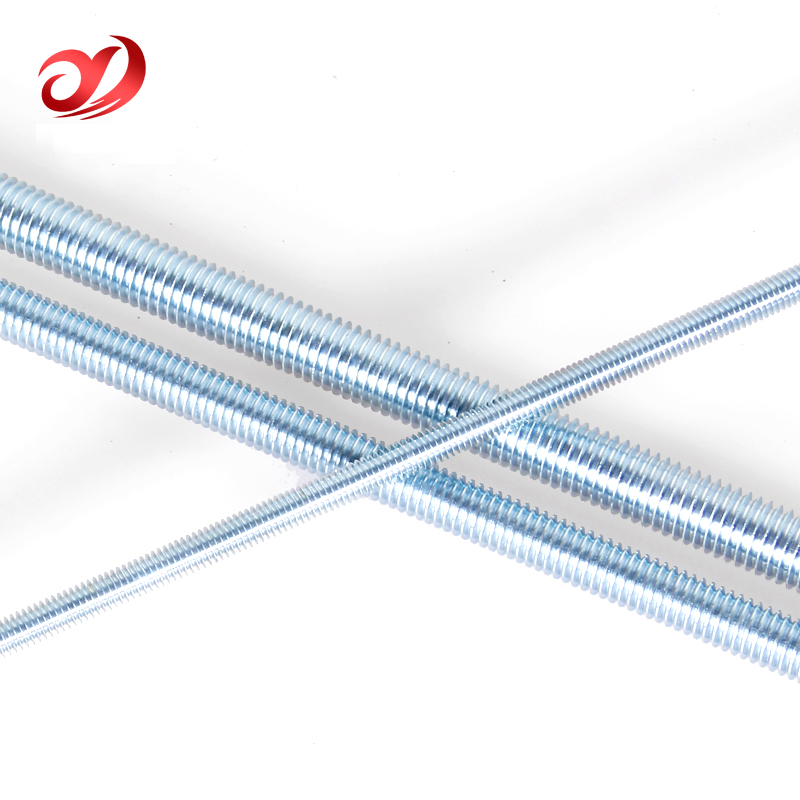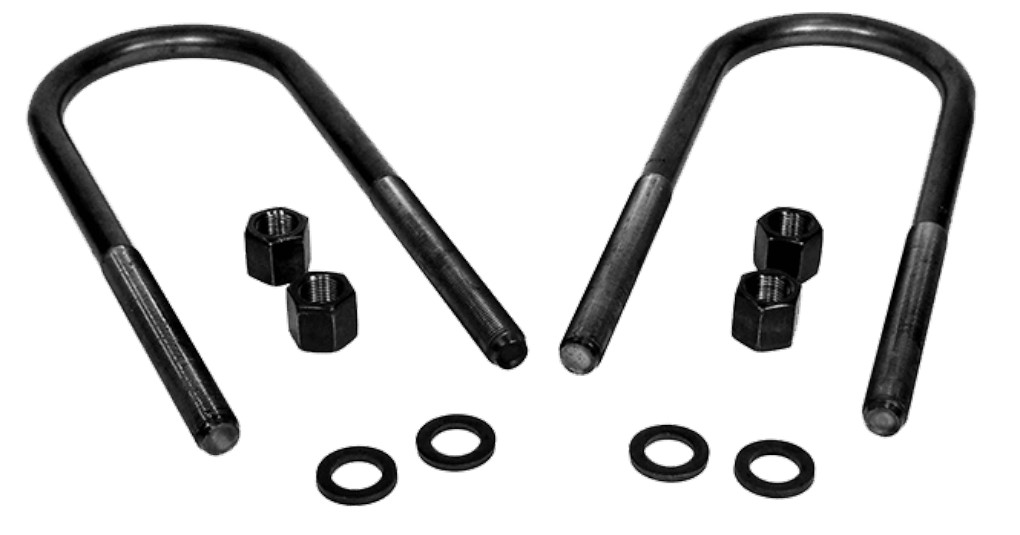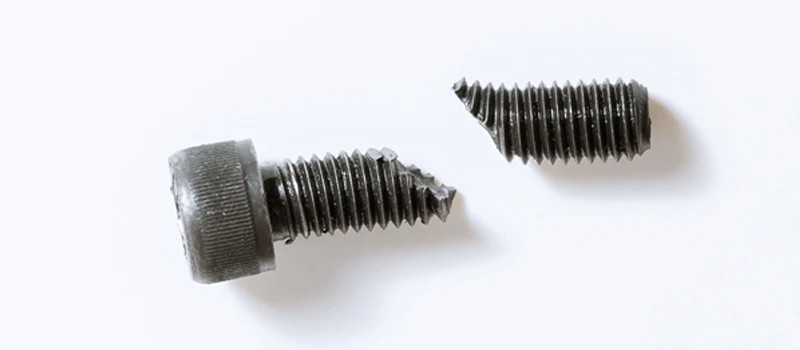Fasteners and Heat Treatment: Essential Processes for Strength and Durability
In the fastener industry, heat treatment is a critical process to improve the strength, hardness, and longevity of screws, bolts, and nuts. This process is key to making sure that these fasteners can handle heavy-duty tasks across different sectors like construction, automotive, and machinery.
Are Fasteners Heat Treated?
Yes, fasteners often undergo heat treatment to improve their mechanical properties. By modifying the internal structure of the metal, heat treatment boosts the strength, hardness, and wear resistance of screws, bolts, and other fasteners, ensuring they’re durable enough for demanding applications.
What is the Heat Treatment Process of Screws?
1. Heating
The first step is heating the screws to a specific temperature, usually above the metal’s critical point. This changes the internal structure of the metal and prepares it for further processing.
2. Quenching
After heating, the screws are rapidly cooled, usually in water or oil, a process known as quenching. This quick cooling locks in the new microstructure, making the screws harder.
3. Tempering
Once quenched, the screws are tempered. This step involves reheating them to a lower temperature to reduce brittleness, making them tougher and more resistant to impact.
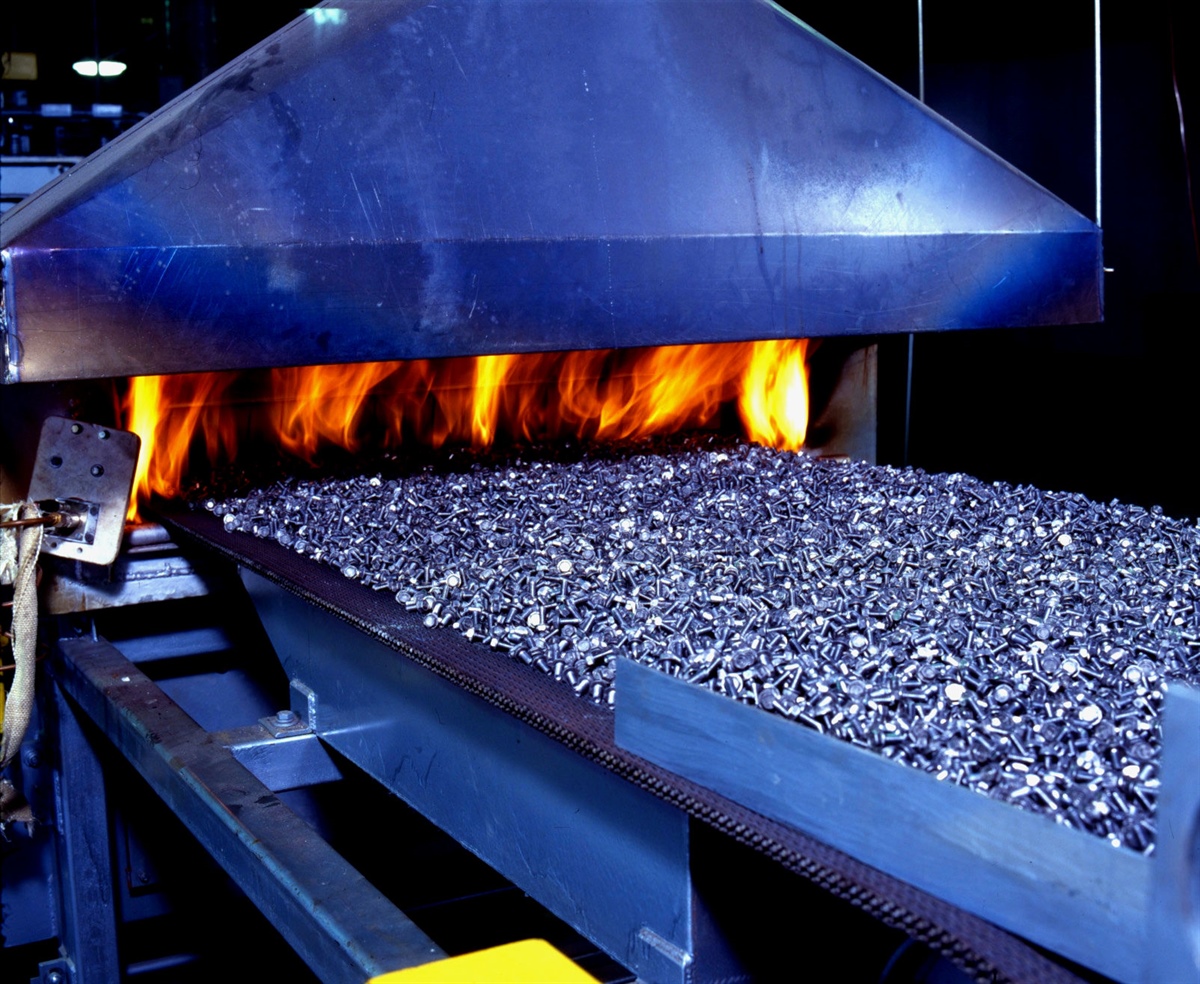
How to Heat Treat Bolts?
The heat treatment process for bolts is similar to that of screws, but can be adjusted depending on the grade and intended use of the bolts.
1. Preheating
Preheating helps prevent thermal shock when the bolts are heated to higher temperatures. This is important for maintaining the integrity of the metal.
2. Austenitizing
The bolts are heated to temperatures between 850-900°C, which transforms their structure into austenite, a high-temperature phase of steel.
3. Quenching
After austenitizing, the bolts are quickly cooled in oil or water, making them hard and resistant to wear.
4. Tempering
The final step is tempering. The bolts are reheated to a lower temperature to relieve internal stresses and reduce brittleness, ensuring that they are tough and durable.
What Are the 4 Processes of Heat Treatment?
Heat treatment typically involves four key processes, each contributing to the enhanced properties of fasteners:
1. Annealing
Annealing involves heating the metal and then cooling it slowly to soften it. This makes the metal easier to work with and improves its machinability.
2. Hardening
Hardening is a process where fasteners are heated to high temperatures and then rapidly cooled (quenched) to increase their strength and hardness. This makes them more resistant to wear.
3. Tempering
After hardening, fasteners are tempered by reheating them to a lower temperature. This step reduces brittleness while maintaining strength, creating a good balance between toughness and hardness.
4. Case Hardening
Case hardening is used to increase the surface hardness of fasteners while keeping the core material softer and tougher. This is particularly useful for components that need a hard surface but a more flexible core.
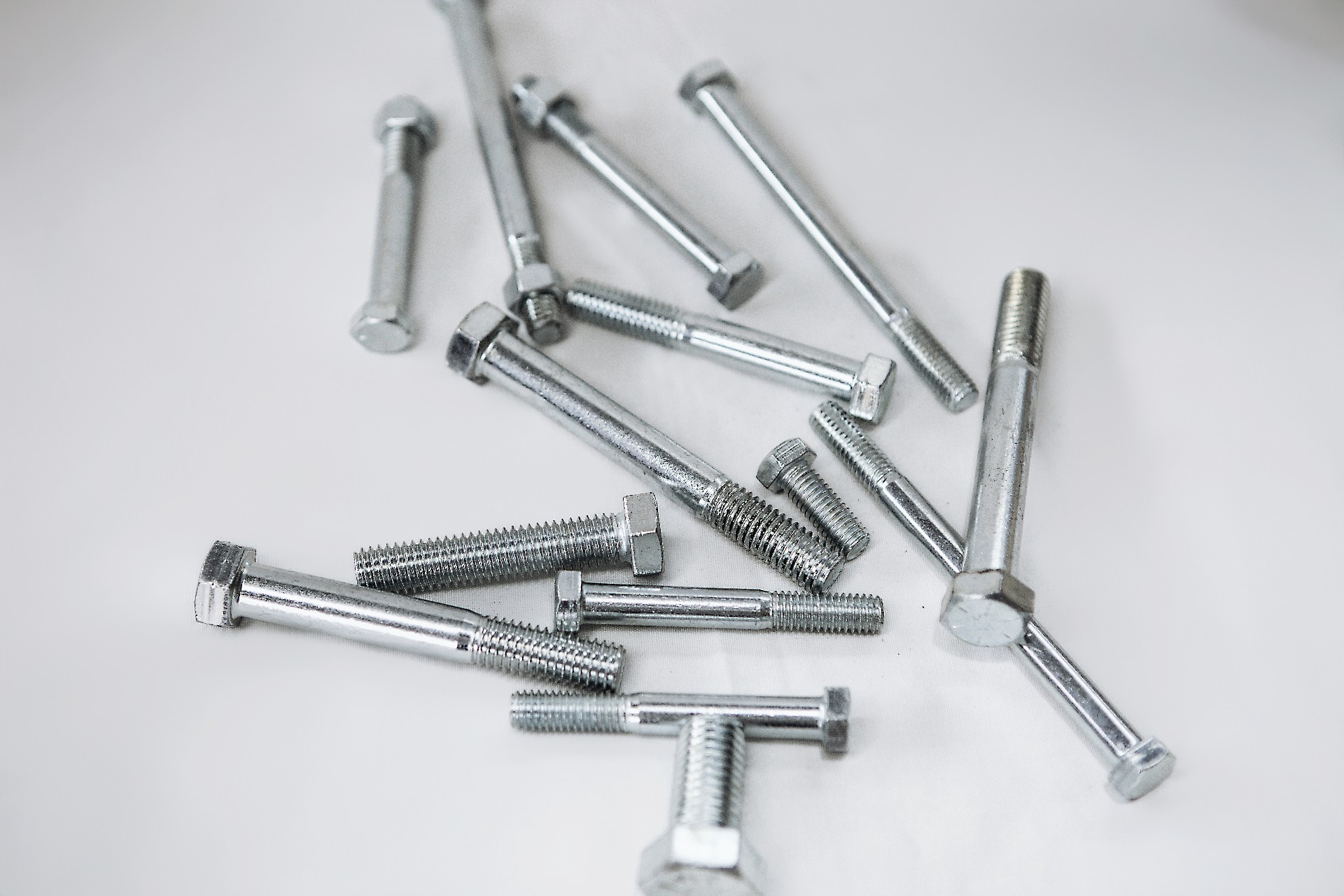
Why is Heat Treatment Important for Fasteners?
Heat treatment is essential for ensuring that fasteners perform well in high-stress environments. Whether you're using screws, bolts, or flexi rods, the proper heat treatment process enhances their ability to endure wear and tear, making them perfect for heavy-duty tasks in industries like construction, automotive, and more.






